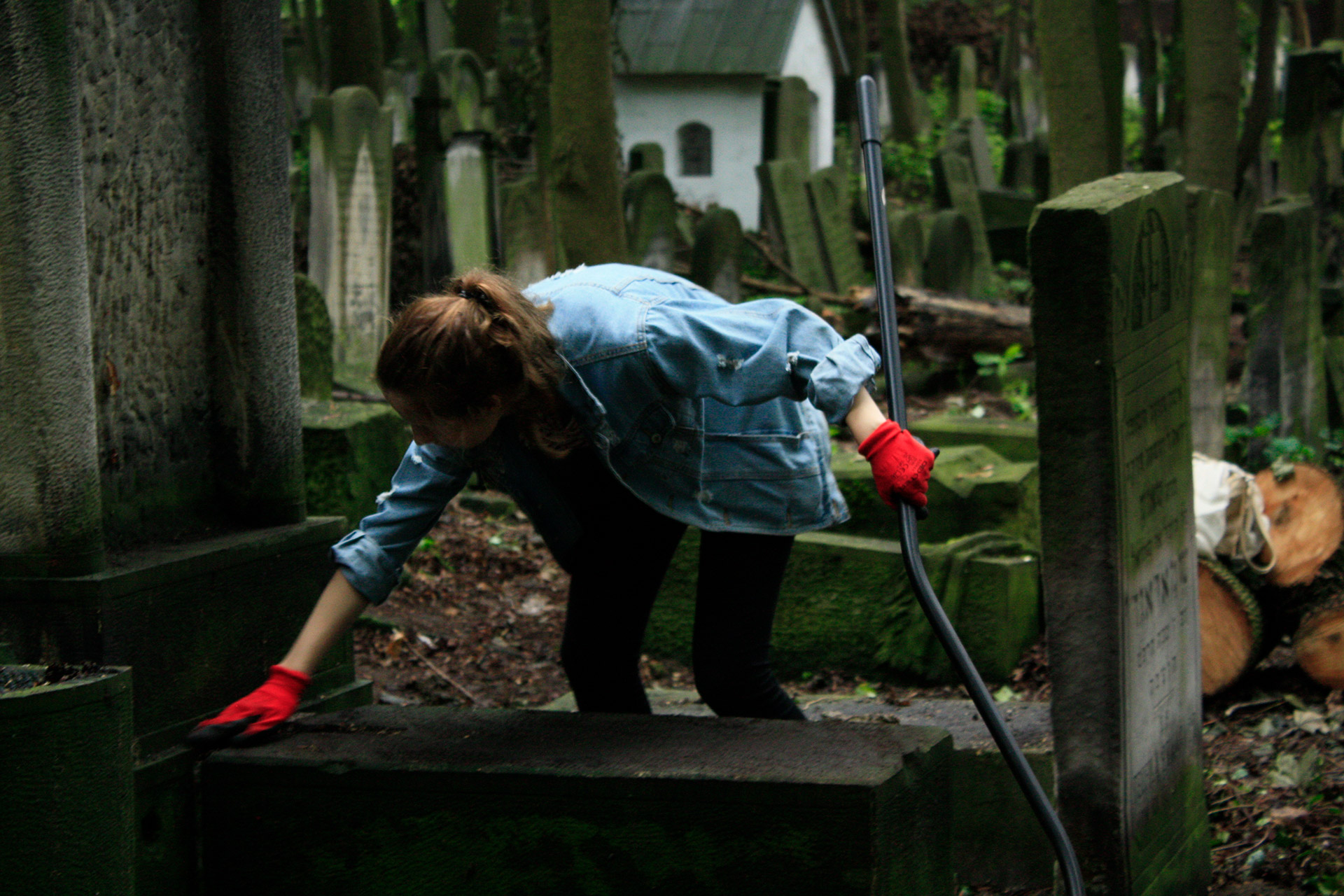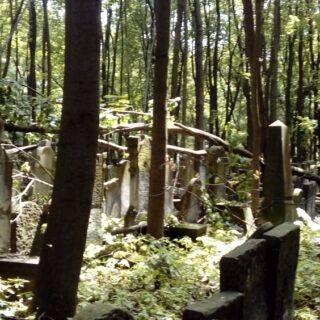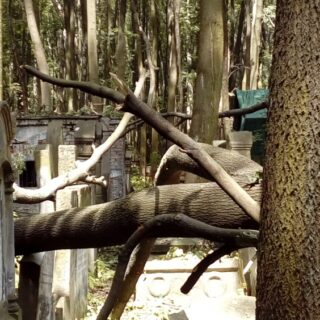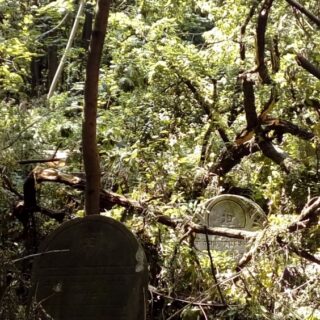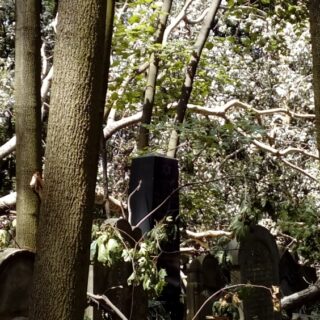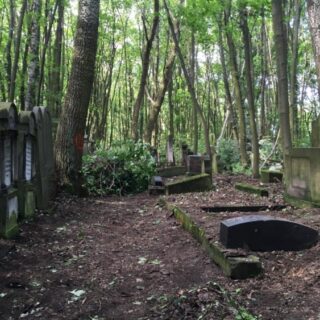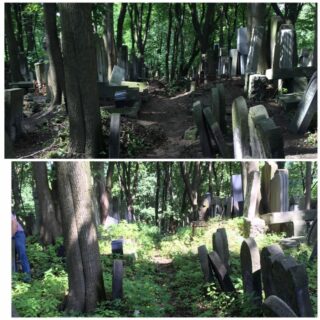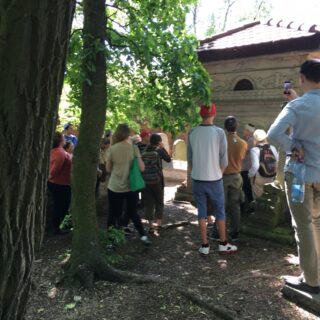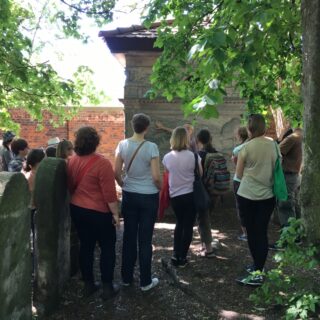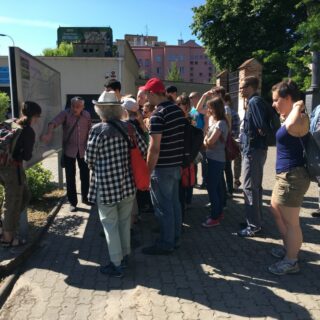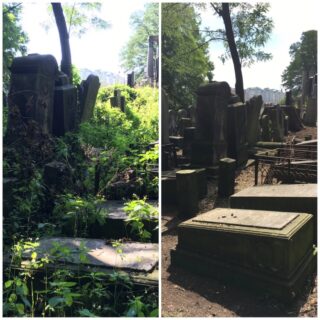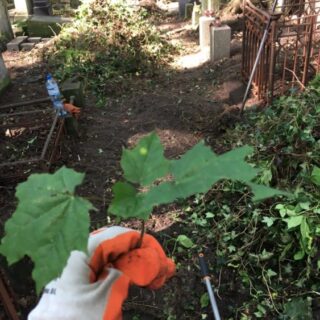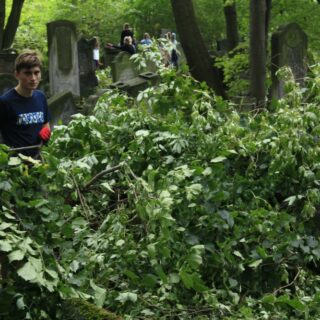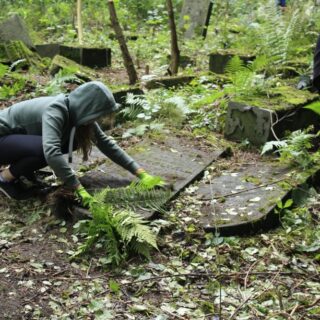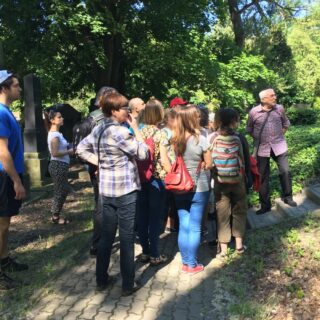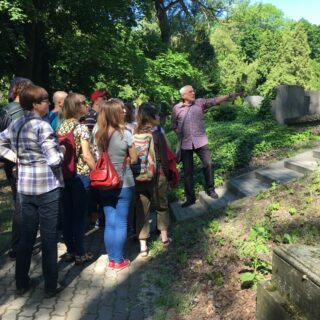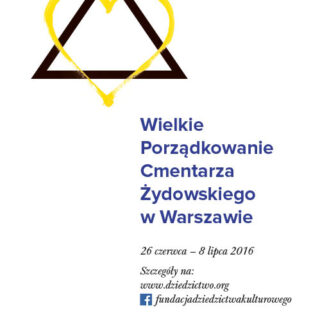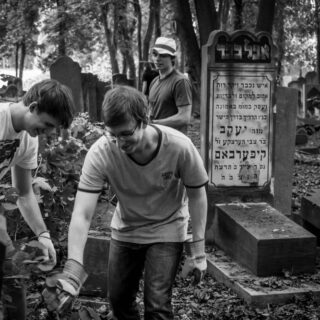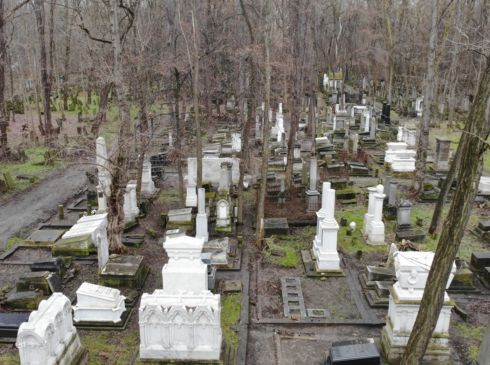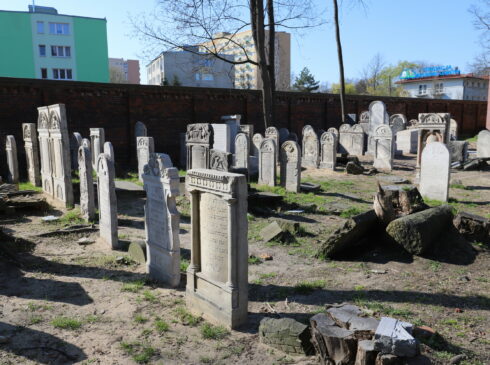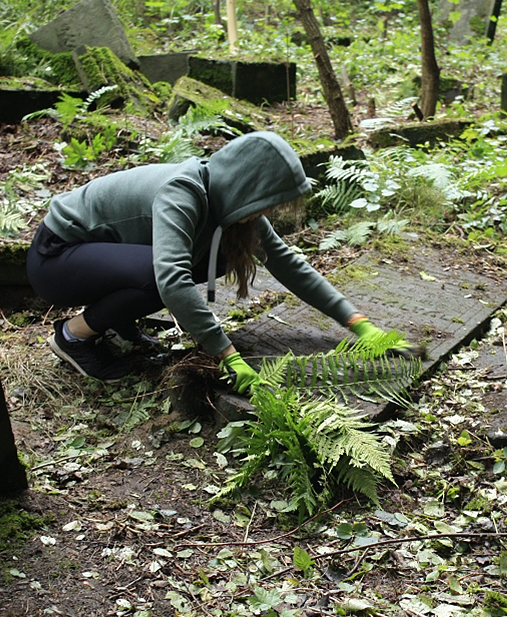The Jewish Cemetery on Okopowa (known as the cemetery on Gęsia before WWII) was established in 1806 on the initiative of the Jewish Community in Warsaw. It is the largest Jewish cemetery in the capital city of Poland, the second largest Jewish cemetery in Poland, and one of the largest Jewish cemeteries in the world. Over 80 thousand matzevot were identified during the inventorying of its assets.
Together with five other religious cemeteries found in Warsaw’s Powązki it forms a historic complex recognized in 2014 as a Historic Monument. The cemetery is a remarkable collection of various forms of sepulchral sculpture. But most of all, it is the final resting place of many outstanding clergymen, scientists, industrialists, writers, soldiers, and social activists. This is where the tombs of Ludwik Zamenhof, the inventor of Esperanto, or of Marek Edelman, the leader of the Warsaw Ghetto Uprising, can be found.

